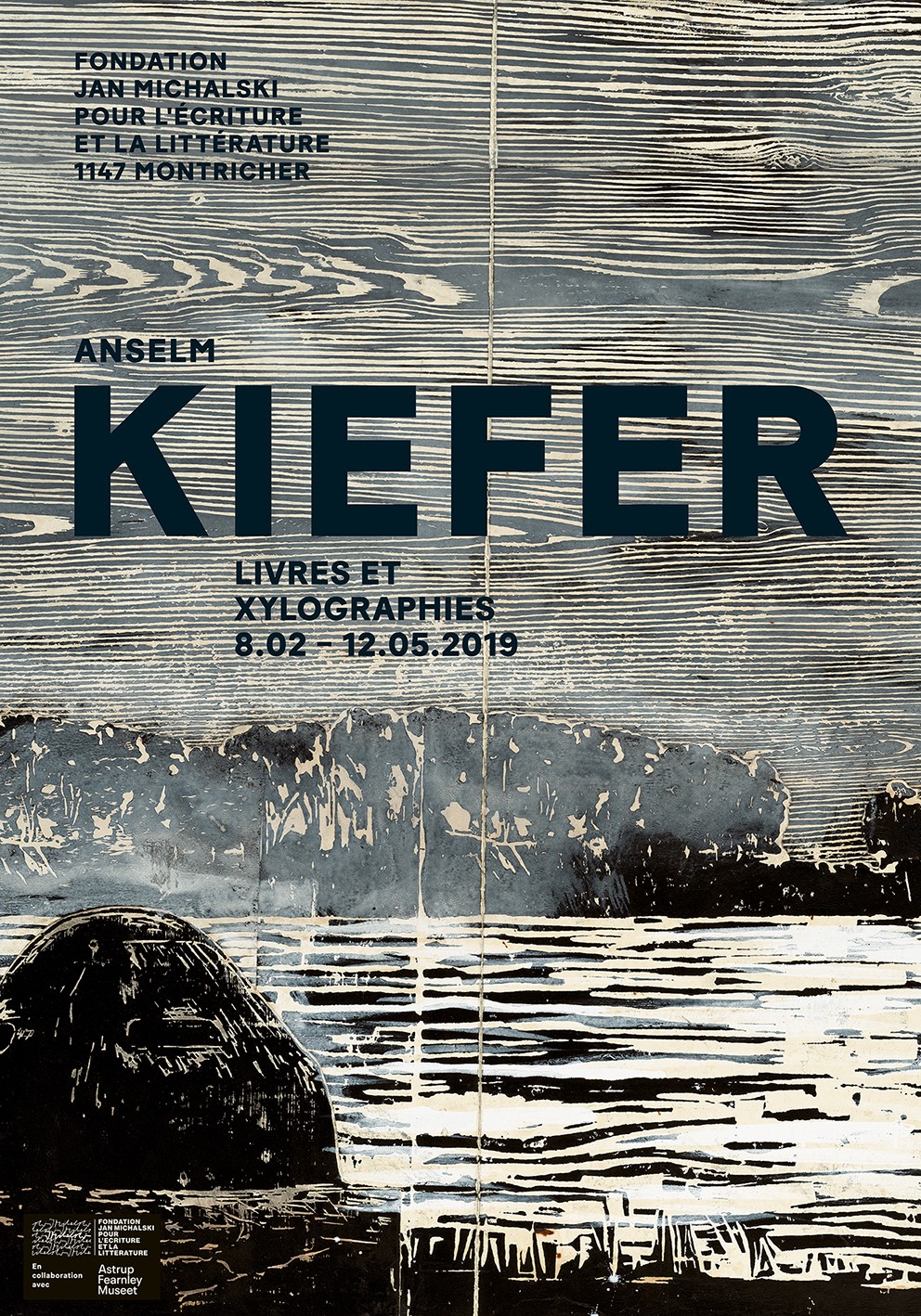Time Out Sydney – Bar Awards

Not entirely sure how you keep abreast of what is happening in your town outside the confines of crustpunk shows in the basement of your local squat, but if I find myself in one of the over one hundred cities that Time Out Magazine covers, it is a go-to to find out where to go, where to snack and what to see.
It certainly is not the only means but with its independent reviews and take on things, it has established itself as a reliable source of information.
Reviews of Pubs, Bars and Restaurants are an integral part of Time Out’s regular coverage and once a year they hold awards to celebrate outlets and staff that have made a dent in the hospitality landscape over the last year.
Hundreds of people were packed into the confines of Oxford Art Factory’s on a Sunday afternoon witness given out across a range of categories. Remembrances and gifs could be shot with FotoBox and sustenance was provided via catering and drinks aplenty with an emphasis on Southern Soul Food and free-flowing cocktails of all variants, beers, wines and ciders.
The top gong, i.e. Bar of the Year went to Old Mate’s Place, the rooftop and both moody and eclectically atmospheric confines of which we covered extensively when first opened.
The event was hosted by local celeb The Chaser’s Julian Morrow who did not miss a chance to poke fun and ridicule Sydney city’s Licensing Restrictions that have been imposed over recent years on Sydney’s venues – a theme that also formed the focus of the #UnitefortheNight campaign, which embedded and contextualised the event in a meaningful manner.
A DJ set by Mowgli May and Rainbow Chan framed the proceedings, which culminated by sending attendants home with a hot-off-the-presses copy of the new issue.

 ---
---
photos by @k.a.vv

 Anselm Kiefer has been an immense impact on me ever since I was exposed to him in the late 1980s.
Anselm Kiefer has been an immense impact on me ever since I was exposed to him in the late 1980s.




















